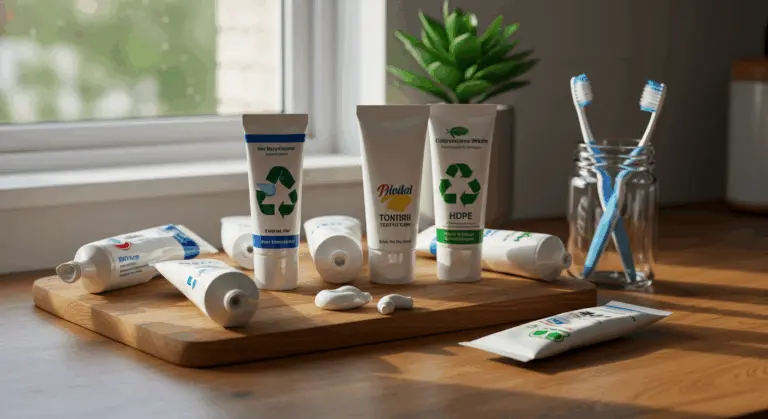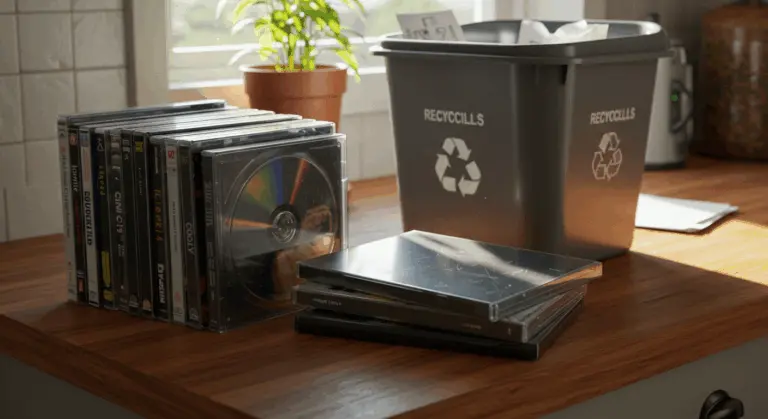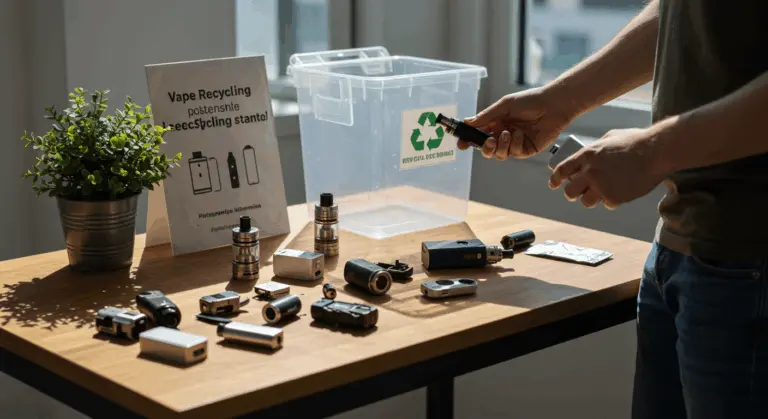Understanding Metal Credit Cards – Why Proper Disposal Matters
Metal credit cards have surged in popularity, appealing to consumers with their premium feel and sleek aesthetic. Beyond their striking appearance, these cards offer superior durability and enhanced security features, including advanced tap-to-pay capabilities that make transactions faster and more secure.
Yet these very advantages become obstacles when cards expire or require replacement—their durable construction makes proper destruction surprisingly challenging.
Carelessly discarding metal cards creates risks of identity theft, leaving your most sensitive financial data vulnerable to exploitation. Unlike plastic cards, they require specialized destruction methods to protect key data, including:
-
Your account number
-
The expiration date
-
The security code (CVV)
The environmental implications are equally concerning. Unlike their plastic counterparts, metal cards cannot flow through standard curbside recycling systems and may actually contaminate other recyclable materials.
Investing time in proper disposal—whether through issuer return programs or careful destruction with appropriate tools—protects both your finances and serves as an essential safeguard for your personal security and environmental responsibility.
Dropping Off at a Bank Branch – A Secure Option
Your card issuer’s physical branch provides the most secure disposal. This approach provides immediate resolution with a clear chain of custody, completely eliminating transit-related risks.
Simply hand your expired card to a bank representative. They’ll verify your identity, confirm receipt, and ensure the card reaches a secure destruction container—no uncertainty, no lingering concerns.
Branch visits also create natural opportunities for broader financial discussions. Considering a card upgrade? Curious about new features? These conversations flow more organically face-to-face than through impersonal phone calls.
A quick call to customer service beforehand ensures your local branch handles metal card disposal—saving you a potentially wasted trip.
Physical Destruction Methods – Using Tin Snips
When issuer return isn’t practical, tin snips are your most reliable home destruction method. These cutting tools designed for metal work, making them perfectly suited for dismantling even the most durable premium cards.
Safety comes first. Gather protective gloves and safety glasses before beginning, and establish your workspace on a stable surface with adequate lighting.
Target the card’s critical data points systematically: slice through the EMV chip first, then destroy the magnetic stripe. Finally, reduce the remaining card body to small, irregular fragments.
For maximum security, scatter the pieces across multiple trash bags. This simple precaution makes reassembly nearly impossible and eliminates any chance of data recovery. Security-conscious cardholders sometimes go further, disposing of fragments in entirely different locations.
Keep in mind that tin snips demand considerable hand strength to cut through metal effectively. If you have limited dexterity or mobility concerns, don’t hesitate to seek assistance—or simply opt for one of the issuer return methods instead.
Avoiding Common Mistakes – Don’t Use a Shredder
One of the most dangerous misconceptions involves standard paper shredders. Attempting this approach can wreak havoc on your equipment and pose serious safety risks.
Forcing metal cards through paper shredders causes multiple problems: jammed cutting mechanisms suffer permanent damage, motors burn out under excessive strain, blades dull or snap entirely, and dangerous metal fragments can become projectiles.
Even heavy-duty shredders marketed as ‘credit card capable’ target plastic cards exclusively—metal cards remain beyond their design parameters.
Protect both your equipment and yourself by sticking to proven methods: issuer returns or tin snip destruction.
Risks of Third-Party Disposal Services
Be very careful with third-party disposal services—many operate as scams that steal your financial information.
Unsolicited offers arriving via email, text, or phone calls should trigger immediate suspicion. Legitimate financial institutions rarely initiate such outreach for disposal services.
‘Free’ services represent another major red flag. Genuine disposal operations require resources and infrastructure—when there’s no transparent fee structure, question their true motives.
Even seemingly legitimate third-party services often lack the strict security measures and institutional accountability that your card issuer maintains, creating unnecessary fraud opportunities.
Your safest path remains issuer-approved methods: direct returns or personal destruction using appropriate tools.
Additional Considerations – Storing and Disposing of Related Documents
Card disposal represents just one piece of your security puzzle—related paperwork demands equal attention. Documents requiring careful handling include credit card statements, transaction receipts, activation correspondence, and other account-related mail.
Cross-cut paper shredders work well for document destruction, transforming sensitive papers into tiny, illegible confetti that can’t be put back together.
Controlled burning offers another effective approach—think fire pits or safe outdoor environments—though this method demands strict adherence to fire safety protocols.
When dealing with substantial paperwork volumes, professional incineration services offer the highest security with documented chain-of-custody procedures.
Documents you must retain deserve proper protection: locked filing cabinets for physical papers, encrypted and password-protected storage for digital files. Make regular reviews part of your routine, destroying outdated materials to minimize your risk exposure.
Conclusion – Ensuring Safe Disposal of Your Metal Credit Card
Protecting your finances begins with properly disposing of expired metal credit cards. The methods outlined in this guide give you several ways to make sure your sensitive data never reaches the wrong hands.
Issuer returns provide the best security—whether through prepaid mailers or direct branch visits.
When returns aren’t feasible, tin snips offer dependable home destruction. Target the EMV chip and magnetic stripe first, then fragment the card beyond any possibility of reconstruction.
Avoid these two important mistakes: never attempt paper shredder destruction (equipment damage and injury risks), and steer clear of third-party disposal services (serious security risks).
Complete protection extends beyond the card itself—systematically destroy related documents through shredding or incineration.
Following these guidelines makes card disposal a simple, secure routine that keeps your personal information locked away from prying eyes.




